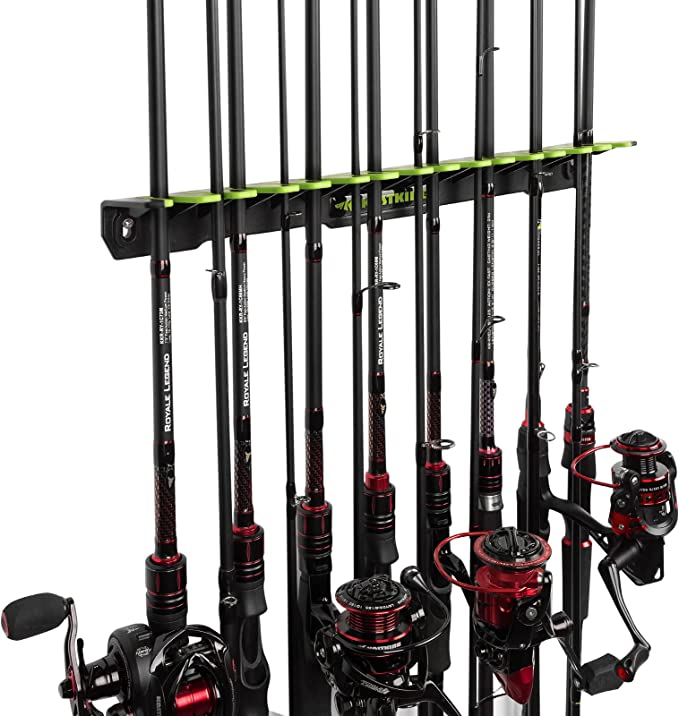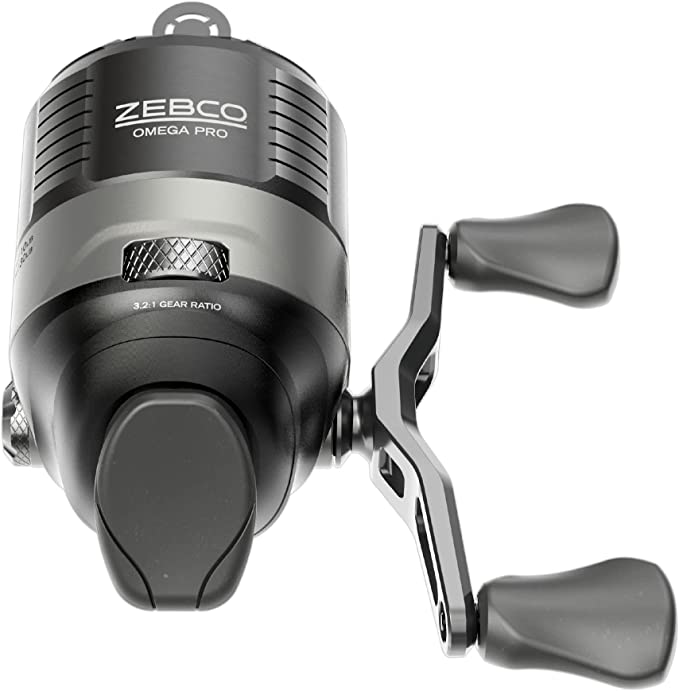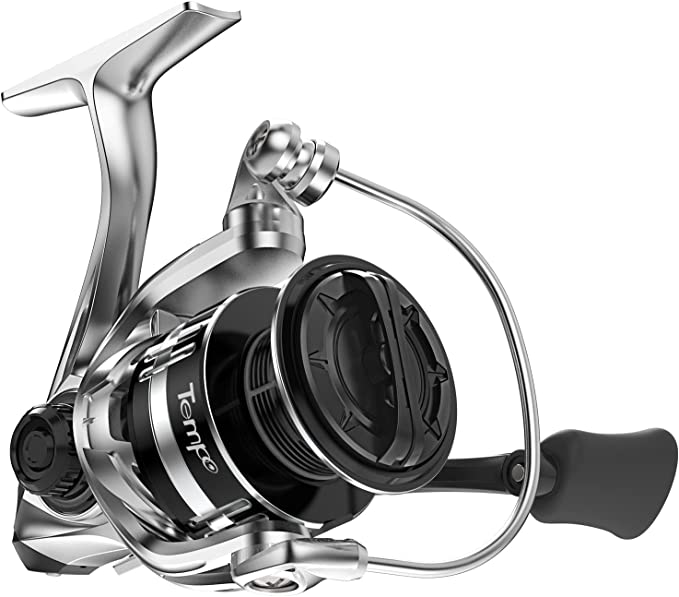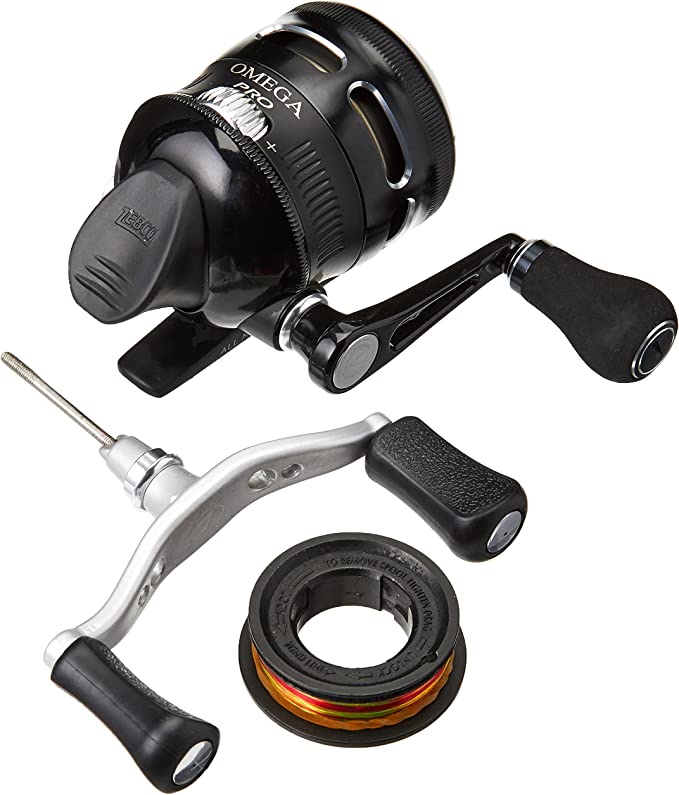Anatomy of an American Icon: The Hidden Science of the Zebco 404
Update on Aug. 2, 2025, 7:10 a.m.
In the annals of American invention, brilliance often emerges from the most unexpected quarters. Consider this: one of the most revolutionary and enduring tools in sport fishing, a device that opened the pastime to millions, traces its origins to the Zero Hour Bomb Company of Tulsa, Oklahoma. Before it was a name synonymous with fishing, Zebco’s business was precision-timed explosives for the oil industry. It was here that a quiet watchmaker named R.D. Hull, weary of the tangled mess of existing fishing reels, conceived an idea. His invention, the spincast reel, would become more than just a new product; it was an elegant solution, a masterpiece of accessible engineering hiding in plain sight. This is the story of the Zebco 404, not just as a fishing combo, but as an icon of design, a testament to the profound science of simplicity.
The Problem: A Backlash in Every Cast
To appreciate Hull’s genius, one must understand the angler’s plight in the mid-20th century. The dominant tool for casting was the baitcasting reel. While effective in skilled hands, for the average person it was an instrument of profound frustration. A moment’s lapse in thumb pressure on the spool would result in a “backlash”—a catastrophic, tangled explosion of line often called a “bird’s nest.” It was a barrier that kept countless would-be anglers, especially children and beginners, forever on the shore. The world didn’t just need another fishing reel; it needed one that forgave human error.
The Solution, Part I: The Soul of the Machine
Hull’s creation, the spincast reel, was a radical departure. By enclosing the spool within a conical cover, he immediately tamed the chaos.
At its heart is the push-button mechanism, a triumph of human-centered design. It replaced the nuanced art of “thumbing” a spool with a simple, binary action: press to release, turn the handle to engage. This single innovation removed the primary source of user error. But beneath this simple interface lies a symphony of reliable mechanics.
When you feel the tug of a fish, setting the hook requires instant, direct force. This is the job of the QuickSet Anti-Reverse system. It is, in essence, a mechanical one-way street. Inside the reel, a clutch or a ratchet-and-pawl system engages, preventing the handle from slipping backward even a fraction of an inch. In physics terms, this ensures that the impulse (the force applied over a short time) you generate by pulling back on the rod is transferred efficiently to the hook, not wasted in the slack created by a reversing handle.
Then there is the charmingly low-tech Built-In Bite Alert. This isn’t a battery-powered sensor, but the simple, reliable music of mechanics. When switched on, a small gear engages with a flexible pawl. As a fish takes the line, the gear turns, causing the pawl to click audibly with each rotation. It’s the engineering equivalent of tying a bell to the line—unfailingly effective and a perfect embodiment of the KISS (Keep It Simple, Stupid) design principle.
Even the tiniest components are born of scientific consideration. The stainless steel pick-up pin, the part that grabs the line to rewind it, must endure thousands of cycles of friction. Its material is crucial. Stainless steel’s magic lies in its chromium content. The chromium reacts with oxygen to form a microscopic, invisible, and incredibly tough layer of chromium oxide on the surface. This passive film is what prevents rust, and it can even self-heal if scratched, ensuring the pin remains smooth and doesn’t abrade the fishing line over its lifetime.
The Solution, Part II: The Unbreakable Backbone
Paired with the reel is its essential partner: the rod. The Zebco 404 features a fiberglass rod, a material often overshadowed by modern carbon fiber but, for its purpose, a superior choice. A fishing rod is a Class 3 Lever, designed to multiply the velocity of your hand’s movement into a high-speed cast. It stores potential energy as it bends and releases it kinetically.
Fiberglass, a composite of fine glass strands suspended in a polymer resin, excels in toughness and flexibility. While carbon fiber is stiffer and more sensitive, it is also more brittle. For a beginner, who might accidentally smack the rod against a tree or a boat gunwale, fiberglass’s ability to bend and absorb impact without fracturing is invaluable. It is the loyal, resilient workhorse, engineered for durability over high-strung performance. It prioritizes surviving the learning curve over telegraphing the faintest nibble.
The Human Connection: Designed for Touch and Time
The final piece of the puzzle is the connection to the user. The handle is crafted from EVA (Ethylene-vinyl acetate) foam, the same lightweight, shock-absorbing material found in the midsoles of running shoes. Its closed-cell structure traps air, making it light and cushioned, and it provides a secure, non-slip grip even when wet. It’s a small detail that speaks volumes about designing for comfort during a long day on the water.
And the reel’s $2.8:1$ gear ratio is another deliberate choice. This means for every single revolution of the handle, the line spool turns 2.8 times. Compared to high-speed reels (with ratios of $7:1$ or higher), this is slow. But what it lacks in speed, it gains in torque—cranking power. Much like using a low gear on a bicycle to climb a hill, this lower ratio gives the angler a mechanical advantage, making it easier to haul in a stubborn fish. Once again, the design prioritizes power and control over raw speed.
Legacy: The Enduring Genius of Simplicity
The Zebco 404 combo is more than a piece of fishing tackle; it’s a slice of American history and a rolling lesson in engineering. It stands as proof that the most elegant design isn’t always the most complex, but the one that most perfectly and simply solves a fundamental human problem. R.D. Hull didn’t just invent a reel; he democratized an entire sport. The enduring legacy of the Zebco 404 is not measured in the trophy fish it has landed, but in the uncounted millions of lifelong anglers it has created.

























